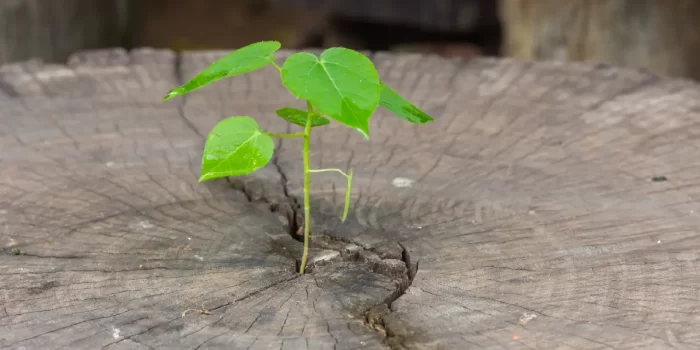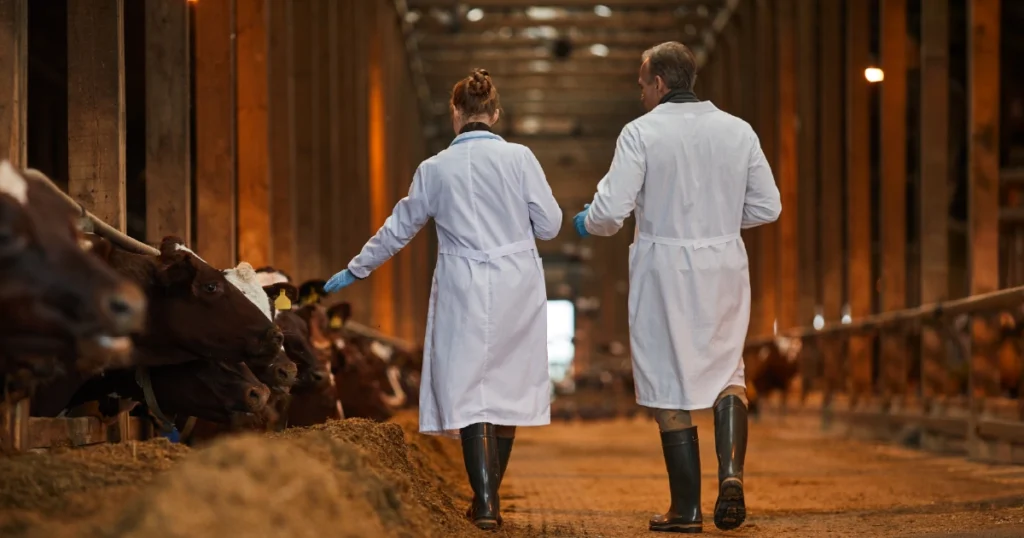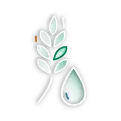Introduction
Old Growth Timber has long been prized for its strength, stability, and durability. As the construction industry shifts towards sustainable practices, the debate between using old growth and new growth timber has become increasingly relevant. Understanding the structural properties, environmental impact, and best applications of each type of timber is essential for architects, engineers, and sustainability advocates alike. In this article, we compare these two types of wood and examine their implications for modern construction.
You're viewing a members-only article.
To keep reading, please log in or join the One Health Society.
Stay connected to exclusive insights, expert commentary, and opportunities to collaborate across the fields of human, animal, and environmental health.
Already a member? Log In
New here? Join the One Health Society - become One
1. Defining Old Growth and New Growth Timber
1.1 Old Growth Timber
Old growth timber is derived from trees that have grown for centuries in undisturbed forests. These trees develop slowly, leading to denser wood with a tight grain structure.
Characteristics:
- Dense grain with narrow growth rings, which provide exceptional strength and stability.
- High resin content and fewer knots, contributing to its longevity and resistance to environmental stressors.
- Exceptional durability, making it highly desirable for structural and aesthetic applications.
Common Species:
- Douglas fir
- Redwood
- Western red cedar
- Oak
Historically, old growth timber has been used in constructing cathedrals, bridges, and long-lasting residential structures. The dense fibers result in superior mechanical properties, making it a sought-after material for heavy-load applications.
1.2 New Growth Timber
New growth timber comes from younger, fast-growing trees harvested in managed forests or plantations, typically between 20 to 80 years old.
Characteristics:
- Wider growth rings due to rapid growth, leading to less density.
- More knots and a lower concentration of natural resins, making it less durable than old growth timber.
- Generally lower strength and stability, requiring additional treatment or reinforcement for longevity.
Common Species:
- Pine
- Spruce
- Fir
New growth timber is primarily used in mass production for framing, plywood, and engineered wood products. While it may not match the strength of old growth timber, sustainable forestry practices allow for continuous harvesting and replenishment, reducing overall environmental impact. [1]
2. Mechanical Properties: Strength and Stability
2.1 Strength and Load-Bearing Capacity
Old Growth Timber:
- Due to its higher density, old growth timber offers greater resistance to bending, compression, and tension. [2]
- Its superior compressive strength makes it an ideal material for beams, trusses, and load-bearing structures. [3]
New Growth Timber:
- The lower density results in reduced load-bearing capacity. [3]
- Engineers often need to use larger sections or engineered wood products to achieve the same structural strength as old growth timber. [3]
Real-World Example:
The Brooklyn Bridge, completed in 1883, features old growth pine timber in its caissons. The dense, rot-resistant properties of this wood have contributed to the bridge’s longevity, allowing it to stand the test of time despite the constant exposure to water and humidity. [4]
2.2 Dimensional Stability
Old Growth Timber:
- Less prone to warping, shrinking, or swelling due to its dense grain structure. [5]
- Contains more heartwood, making it more resistant to moisture absorption and reducing the likelihood of decay. [5]
New Growth Timber:
- Higher sapwood content leads to greater moisture absorption, increasing susceptibility to warping and dimensional instability. [3]
- Often requires chemical treatment or kiln drying to enhance stability. [3]
Real-World Example:
The historic structures of Venice, Italy, were built using old growth oak and larch pilings. These dense timbers have withstood centuries of water exposure, preventing warping and structural degradation, which would have been more likely with modern, faster-grown wood. [5]
3. Durability and Resistance
3.1 Resistance to Decay and Pests
3.2 Fire Resistance
Old Growth Timber:
- Chars slowly, forming an insulating barrier that protects inner layers, maintaining structural integrity during fires. [3]
New Growth Timber:
- Burns more quickly due to lower density, though fire retardant treatments can improve performance. [3]
4. Applications in Modern Construction
5. Sustainability Considerations
5.1 Environmental Impact
Conclusion
The debate between old growth timber and new growth timber centers around balancing strength, longevity, and sustainability. While old growth timber offers superior structural properties, its limited availability and environmental concerns make new growth timber a more viable option for modern construction. Engineers and architects must carefully assess project requirements to determine the best material choice, considering both performance and ecological impact.
References
- USDA Forest Products Laboratory (2010). Wood Handbook: Wood as an Engineering Material. Available at: https://www.fpl.fs.usda.gov/documnts/fplgtr/fpl_gtr190.pdf
- International Timber (2021). Old Growth vs New Growth Timber: Strength and Environmental Impact. Retrieved from: https://internationaltimber.com/resources/how-can-timber-be-used-to-reduce-environmental-impact-of-a-new-build/?utm_source=chatgpt.com.
- Kretschmann, D. E. (2008). Wood Engineering Properties of Old and New Growth Southern Pine. Journal of Materials in Civil Engineering, 20(4), 240-246. Available at: https://www.fpl.fs.usda.gov/documnts/fplgtr/fpl_gtr190/chapter_05.pdf.
- Petroski, H. (1995). Engineers of Dreams: Great Bridge Builders and the Spanning of America. New York: Vintage Books. Available at: https://archive.org/details/engineersofdream00petr.
- Forest Stewardship Council (FSC) (2020). FSC-Certified Timber and Sustainable Forest Management. Available at: https://www.fsc.org.













